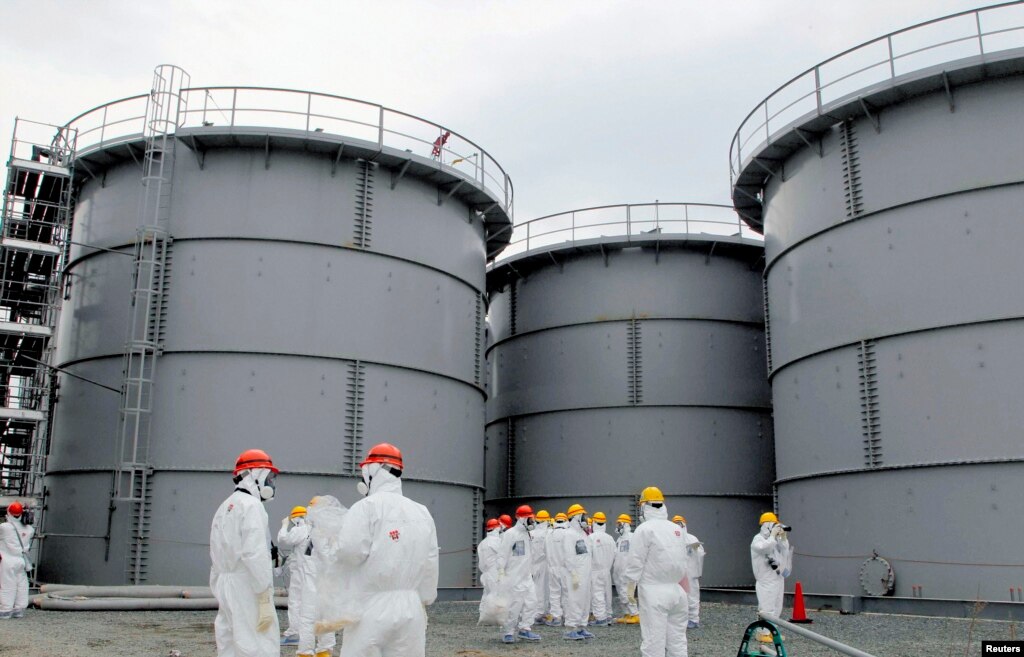Radiation levels near a contaminated storage tank at Japan’s Fukushima nuclear plant spiked to new highs in readings taken this weekend. Plant operator Tokyo Electric Power Company (TEPCO) says it recorded the worrying levels — the highest of which reached 1,800 millisieverts per hour — in four new locations Saturday. It’s a sobering reminder of the difficulties TEPCO has faced trying to rectify the ongoing crisis more than two years after the worst nuclear incident since Chernobyl. Readings taken from the same area on August 22nd showed much lower radiation of 100 millisieverts. However, TEPCO says this weekend’s tests were the first to use new instrumentation capable of higher readings, which may explain the large spike. Other nearby tests yielded results ranging between 70 and 230 millisieverts, TEPCO said
https://www.incpak.com/tech/most-comfortable-wheel-chair-ever-by-unimo/
In July it was revealed that water from this tank was leaking, prompting Japan to label the worsening situation an “emergency.” According to Reuters, TEPCO is now turning to foreign decommissioning experts for advice and ideas on how to get a handle on the leaks. Help may also come from Japan’s government, which has indicated it may direct funds from the country’s emergency reserve fund to help move the cleanup along.
Correction: This article originally described the radiation levels recently reported by TEPCO as “lethal.” They are not considered deadly. We apologize for any confusion.











